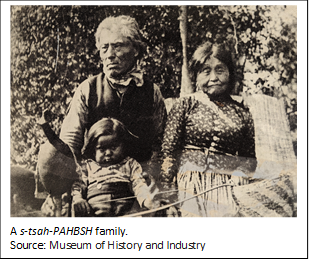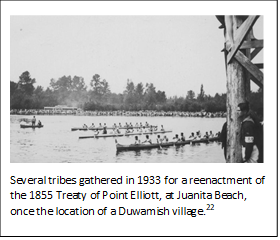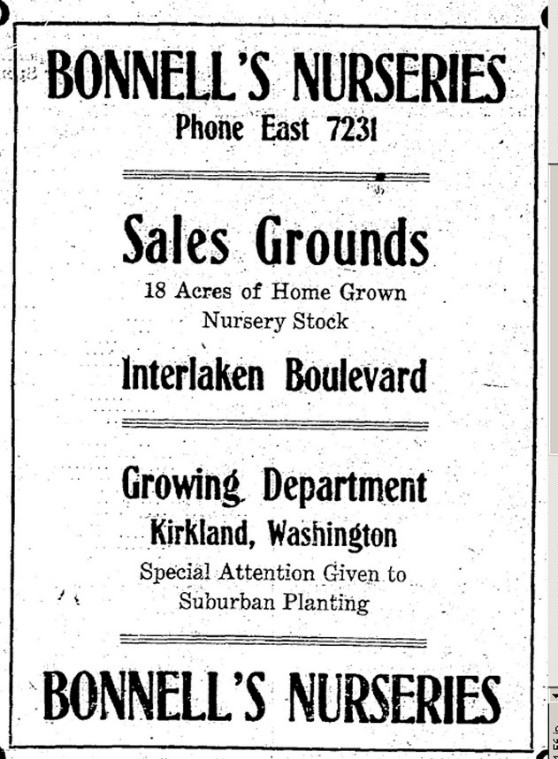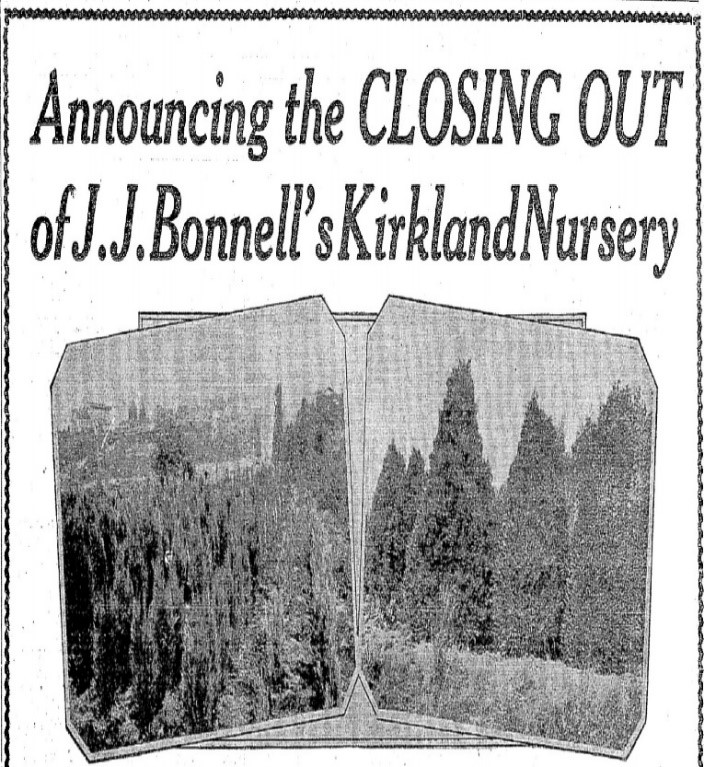3. HISTORICAL CONTEXT
The original inhabitants of the eastern shore of Lake Washington were the Duwamish Indians. Native Americans, called Tahb-tah-byook, lived in as many as seven permanent longhouses between Yarrow Bay and Juanita Bay and at a village near Juanita Creek. Lake Washington and its environment provided a bounty of fish, mammals, waterfowl and plants. Smallpox, brought by fur traders in the 1830s, eliminated much of the Native American population. However, survivors and their descendants continued to return to Lake Washington until 1916 when the lake was lowered for building the Ship Canal which destroyed many of their food sources. The salmon spawning beds in the marshes dried out and the mammal population, dependent on salmon for food, also diminished. With most of their food sources gone, the Native American population in Kirkland declined dramatically.
|
|
|
When the Moss Bay area was offered to homesteaders, it was Edwin M. and Phoebe Church who filed the first claim. The bay was then called Nelson Bay after another settler. In 1888, after forming the Kirkland Land and Improvement Company, Peter Kirk and his business partners purchased much of the land owned by the Churches. Nelson Bay was renamed Moss Bay after Moss Bay in Workington, England where Peter Kirk had lived before coming to America. His intent was to build a steel mill in Moss Bay, but he was not successful due to a number of issues including the 1893 nationwide financial panic.
The 1888 founders were elderly, the long-awaited ship canal was being built and it was time to turn Kirkland’s future over to a younger team. In 1910 Burke & Farrar, two real estate partners, purchased the holdings of the Kirkland Land and Improvement Company which included much of the Moss Bay Neighborhood. Moss Bay was sparsely developed, and the time was right for change.
It was during the Burke & Farrar era that Kirkland experienced its first boom. With the Lake Washington Ship Canal and the lowering of Lake Washington in sight, Kirkland’s earliest businessmen set up shop on the lake shore with their buildings balanced on pilings over the lake. Burke & Farrar had their office just north of the ferry landing so that it was the first business commuters and visitors saw coming into Kirkland.
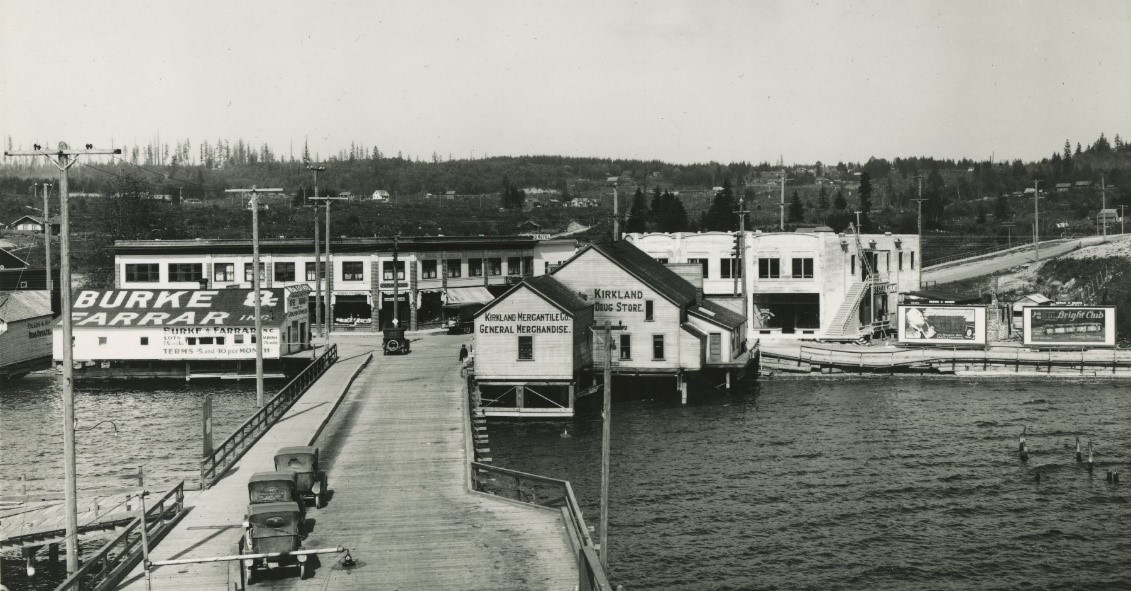
The Yellowstone Trail, our nation’s first transcontinental automobile highway, was established in 1912. The road’s slogan was “A Good Road from Plymouth Rock to Puget Sound.” It just so happened that the Yellowstone Trail ended at the ferry dock in Kirkland. From there the cars would board an auto ferry and travel to Seattle where they continued on gravel roads. The first oiled road in King County was the 13 miles of blacktop that was the Kirkland/Redmond road and ended at Kirkland’s ferry slip. Kirkland took advantage of the press reports about the Macadam Road and the Yellowstone Trail and changed the name of Redmond Road to Kirkland Avenue.
In 1916, with Lake Washington nine feet lower and stabilized, Kirkland’s town center moved from 7th Avenue and Market to Moss Bay. Several buildings still stand from the early development of Moss Bay. Todd Feed was built in 1925 and is still standing on Park Lane. Rosin’s Kirkland Paint Factory at 219 Lake Street South still stands.
Peter Kirk Park was once Bonnell Nursery. French Horticulturist Julius J. Bonnell purchased 14 acres in 1910 and operated the gardens until 1926. Bonnell sold the land to Kirkland with the understanding that it be developed as a park.
|
|
|
During WWII, the Kirkland Marine Construction Company, also known as the Wooden Boat Factory, had the largest government contract to build Picket Boats for the U.S. Coast Guard. The boatyard is now the David Brink Park. 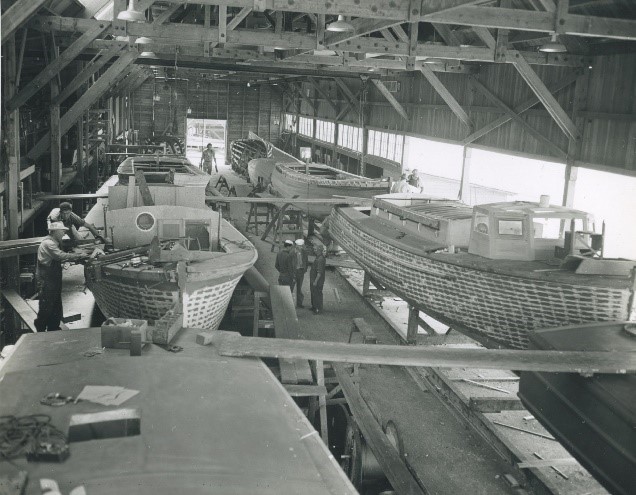
In 1972 Kirkland celebrated its first Centennial honoring the original pioneers. The 1972 Moss Bay Founders Day was such a success that Moss Bay Celebration started in 1973 and continued until 1985.
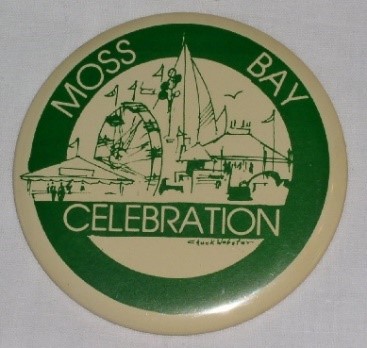
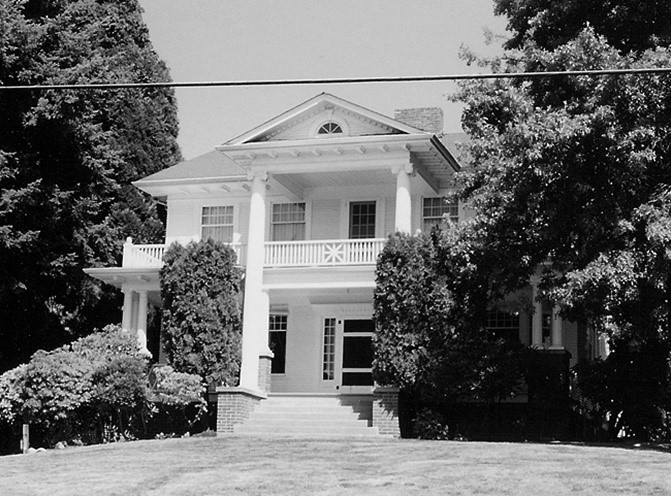
Clark Nettleton, a newspaper publisher, built his home on State Street in 1929. His stately home is now the centerpiece of Nettleton Commons.
One of Kirkland’s largest events was in 1985 when the Shumway Mansion was moved from Moss Bay to the Juanita Neighborhood. 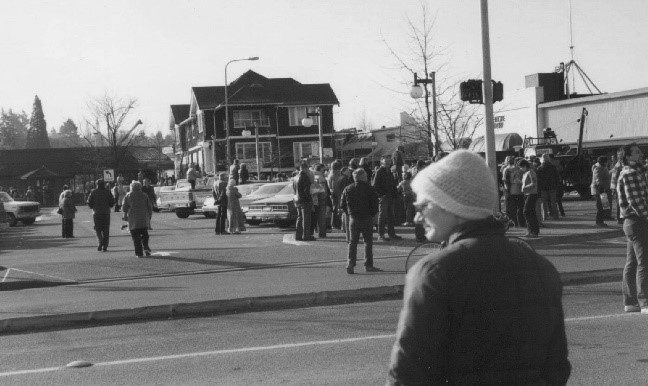
Policy MB-1:
Provide markers and interpretive information at historic sites/places that are inclusive of all previous inhabitants of the Moss Bay Neighborhood (pre-and post-white/European settlement) and especially along the culturally rich Lake Washington shoreline.
Providing markers and interpretive boards enables the community to have a link with the history of the area. Attention should be given to celebrating the neighborhood’s history in an inclusive way, including by helping residents and visitors understand the history of the area prior to non-indigenous settlement.
Policy MB-2:
Incentivize retention of structures of historical significance and ensure educational opportunities are provided to increase awareness of historical preservation opportunities.
A significant number of the historic resources in Kirkland already have been identified and mapped in Moss Bay and Citywide efforts to retain these resources are guided by the Community Character Element. Education of the community of these historical resources is essential to preserving them for future generations to enjoy.



